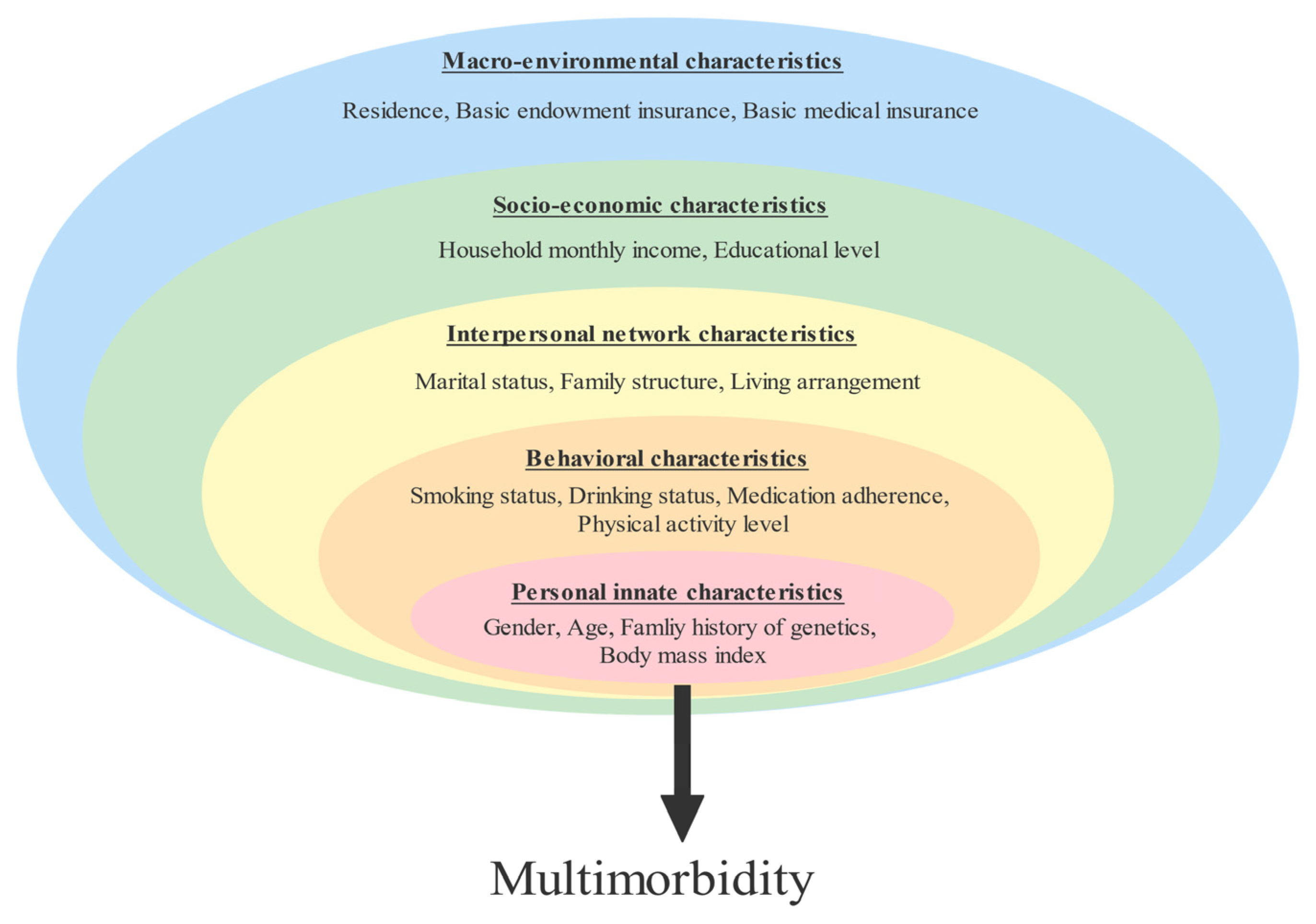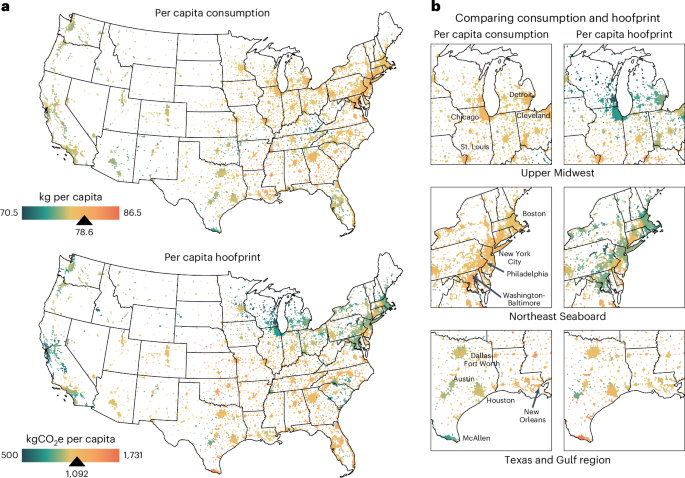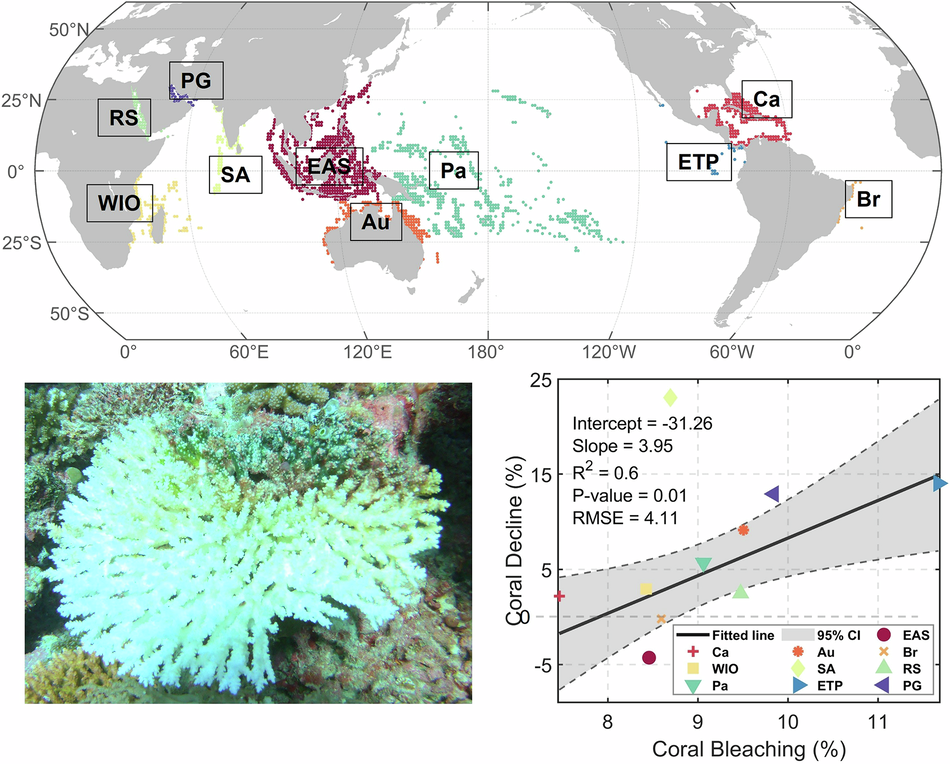Lubbock councilman talks about shoring up city’s water, electric infrastructure for future – Lubbock Avalanche-Journal

Report on District 6 Development and Infrastructure Initiatives in Lubbock
Introduction
Tim Collins, elected over a year ago as the councilman for District 6 in Lubbock, has prioritized forward-looking planning to meet the district’s evolving needs. His experience as a business owner and previous roles at LEDA and Market Lubbock have informed his approach to sustainable urban development.
Strategic Planning and Sustainable Development Goals (SDGs)
Collins emphasizes the importance of ensuring that future generations enjoy the same quality of life and opportunities, aligning with the United Nations Sustainable Development Goals, particularly:
- SDG 11: Sustainable Cities and Communities
- SDG 6: Clean Water and Sanitation
- SDG 9: Industry, Innovation, and Infrastructure
District 6 Growth and Economic Development
- Tax Increment Finance District (TIF) Creation: To support economic development, District 6 has requested the establishment of a TIF to fund the creation of a new park. This initiative is designed to increase property values and generate tax revenue to finance the project, promoting green spaces and community well-being.
- Infrastructure Improvements: The district benefits from ongoing road improvements funded by Lubbock road bond packages, enhancing connectivity and supporting sustainable urban mobility (SDG 11).
- Water Infrastructure Expansion: The development of the west water pressure plane will provide essential water supply to growth areas west of the city, supporting SDG 6 by ensuring access to clean water and sustainable water management.
Water and Energy Infrastructure Enhancements
- Water Security Innovations: The Lake 7 system project enables safe wastewater return from Leprino to the city, representing a significant advancement in water infrastructure and environmental sustainability (SDG 6).
- Electricity and Power Supply Upgrades: Collins highlights the need to upgrade Lubbock’s power generation and supply systems to attract emerging industries such as AI data centers, which require substantial energy resources. This aligns with SDG 7 (Affordable and Clean Energy) and SDG 9 (Industry, Innovation, and Infrastructure).
Future Considerations and Citywide Impact
Collins notes that as District 6 continues to grow, there may be a need to allocate additional city resources, including the potential construction of a new fire station, to maintain public safety and service quality (SDG 11).
He also stresses that infrastructure development is a citywide priority, with water and electricity systems being critical to sustainable growth and economic development.
Economic Development and Community Engagement
Throughout his term, Collins is committed to promoting economic development initiatives that generate revenue and help maintain low taxes for residents, supporting SDG 8 (Decent Work and Economic Growth).
Contact Information
- Phone: (806) 775-2031
- Email: TCollins@mylubbock.us
- Mail: City of Lubbock, P.O. Box 2000, Lubbock, Texas 79457
Conclusion
District 6’s development under Councilman Tim Collins reflects a comprehensive approach to sustainable urban growth, infrastructure enhancement, and economic vitality. These efforts contribute directly to multiple Sustainable Development Goals, ensuring that Lubbock’s future is resilient, inclusive, and prosperous.
1. Sustainable Development Goals (SDGs) Addressed or Connected
- SDG 6: Clean Water and Sanitation
- The article discusses significant investments in water infrastructure, including water pressure planes and wastewater management systems, highlighting the importance of clean and reliable water supply.
- SDG 9: Industry, Innovation, and Infrastructure
- Focus on upgrading water and electricity infrastructure, including attracting AI data centers, reflects the goal of building resilient infrastructure and fostering innovation.
- SDG 11: Sustainable Cities and Communities
- Development of parks, road improvements, and city planning to accommodate growth aligns with making cities inclusive, safe, resilient, and sustainable.
- SDG 7: Affordable and Clean Energy
- Concerns about power supply and the need to upgrade electricity infrastructure to support new industries relate to ensuring access to affordable, reliable, sustainable, and modern energy.
- SDG 8: Decent Work and Economic Growth
- Economic development efforts to generate revenue and attract industries support sustained, inclusive economic growth and employment.
2. Specific Targets Under Identified SDGs
- SDG 6: Clean Water and Sanitation
- Target 6.1: Achieve universal and equitable access to safe and affordable drinking water for all.
- Target 6.3: Improve water quality by reducing pollution and increasing recycling and safe reuse.
- Target 6.a: Expand international cooperation and capacity-building support to water- and sanitation-related activities and programs.
- SDG 7: Affordable and Clean Energy
- Target 7.1: Ensure universal access to affordable, reliable, and modern energy services.
- Target 7.2: Increase substantially the share of renewable energy in the global energy mix (implied by the need for upgraded power infrastructure).
- SDG 9: Industry, Innovation, and Infrastructure
- Target 9.1: Develop quality, reliable, sustainable, and resilient infrastructure to support economic development and human well-being.
- Target 9.5: Enhance scientific research and upgrade the technological capabilities of industrial sectors.
- SDG 11: Sustainable Cities and Communities
- Target 11.3: Enhance inclusive and sustainable urbanization and capacity for participatory, integrated planning and management.
- Target 11.7: Provide universal access to safe, inclusive, and accessible green and public spaces.
- SDG 8: Decent Work and Economic Growth
- Target 8.2: Achieve higher levels of economic productivity through diversification, technological upgrading, and innovation.
3. Indicators Mentioned or Implied to Measure Progress
- Water Infrastructure and Quality Indicators
- Access to safe and reliable water supply in growing districts (implied by the creation of water pressure planes and wastewater systems).
- Percentage of wastewater safely treated and reused (implied by the Lake 7 system allowing safe wastewater return).
- Energy Infrastructure Indicators
- Availability and reliability of electricity supply to support industrial growth (implied by concerns about power supply and ERCOT coordination).
- Capacity of power generation infrastructure to meet demand from emerging industries such as AI data centers.
- Urban Development Indicators
- Area of green spaces and parks developed (implied by the Tax Increment Finance District park project).
- Improvements in road infrastructure and connectivity (implied by road bond packages).
- Economic Development Indicators
- Revenue generated from economic development initiatives (implied by efforts to generate revenue to keep taxes down).
- Number of new industries or businesses attracted to the city (implied by focus on attracting AI data centers).
4. Table of SDGs, Targets, and Indicators
| SDGs | Targets | Indicators |
|---|---|---|
| SDG 6: Clean Water and Sanitation |
|
|
| SDG 7: Affordable and Clean Energy |
|
|
| SDG 9: Industry, Innovation, and Infrastructure |
|
|
| SDG 11: Sustainable Cities and Communities |
|
|
| SDG 8: Decent Work and Economic Growth |
|
|
Source: lubbockonline.com

What is Your Reaction?
 Like
0
Like
0
 Dislike
0
Dislike
0
 Love
0
Love
0
 Funny
0
Funny
0
 Angry
0
Angry
0
 Sad
0
Sad
0
 Wow
0
Wow
0















































































